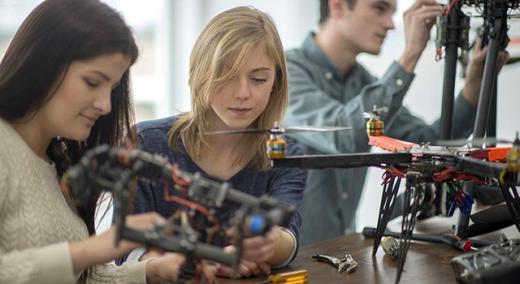The majority of educational technology is designed for student use. And it’s almost always designed by adults, few of whom consult with kids before they start mass-producing their products and selling them to schools. The disconnect is not lost on Brandon Goon.
|
ADVERTISEMENT |
Goon, now 20, dropped out of his high-performing New Jersey high school as a junior. He was bored, and he found himself learning far more interesting things outside of school than inside it. As a student, he saw a lot of products aimed at supporting student-centered learning, but created by adults who only thought they knew what kids liked.
“They don’t really understand that I don’t want to use Instagram for the classroom,” Goon says. “Some of those things can be more engaging than your traditional, boring dashboard, but at the end of the day, I want to do my Instagram on Instagram.”
…

Add new comment